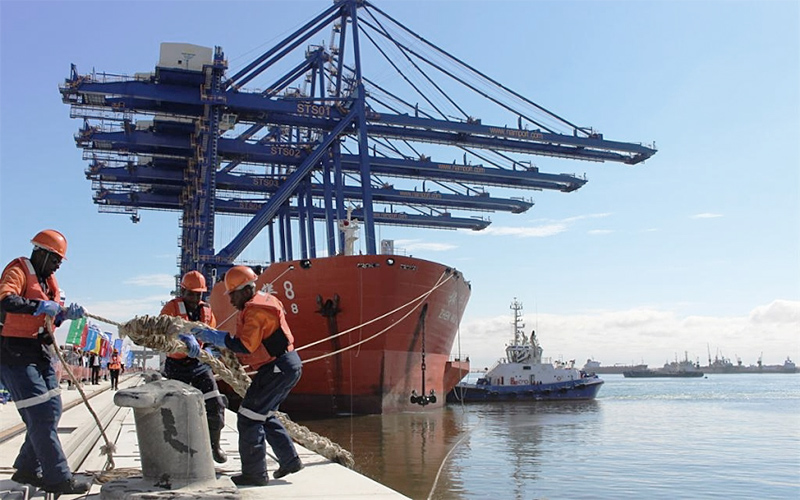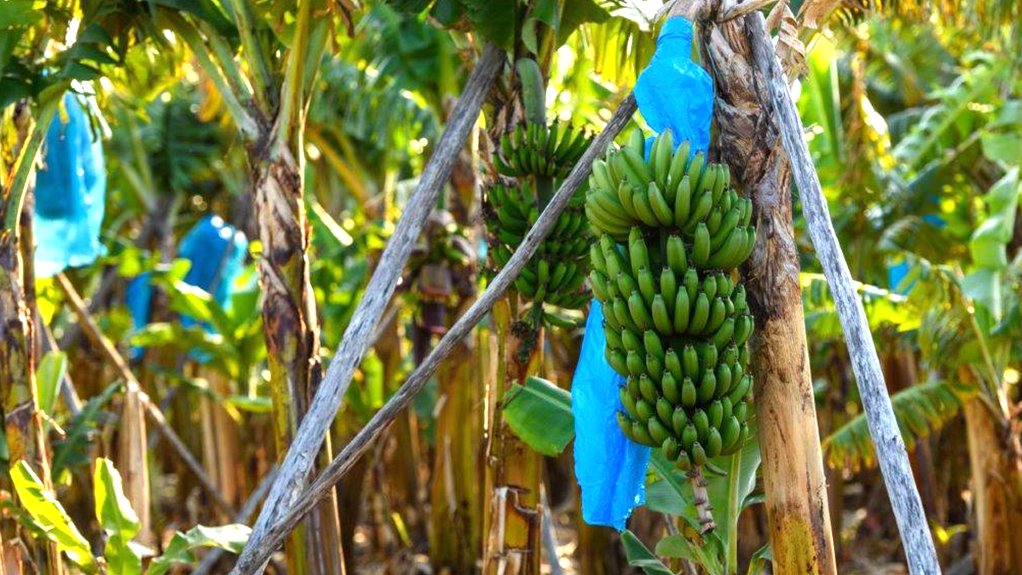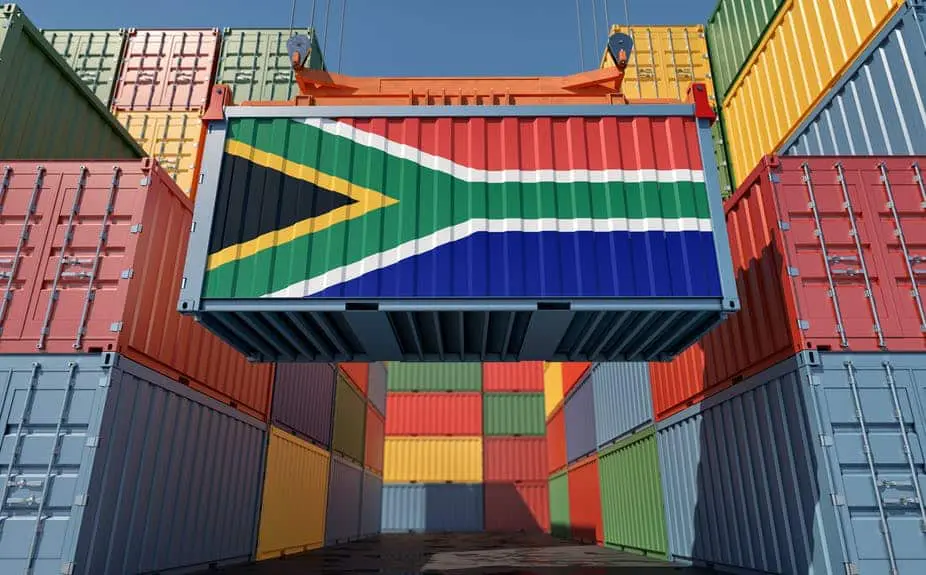Despite the ongoing global shortage of containers, the Namibian Ports Authority (Namport) recorded positive growth during its just-ended 2021/22 financial year, increasing total cargo handling to 6.5 million tonnes, an increase of 380,541 tonnes.
According to Namport, the increase in volumes was mainly due to the increase in vessel visits by 289 vessels or 22%. The vessel’s gross tonnage also increased by 3.4 million. Contributing to the increase was TEU (twenty equipment unit) handling which amounted to 168,278, of which, 61,106 TEUs or 36% were exported, 69,467 TEUs or 41% were imported and 37,705 TEUs or 22% were transshipments. TEUs increased by 12,298 or 8%.
“This increase was mainly due to increased containerized commodities such as copper, charcoal, frozen fish, marble, frozen poultry, sugar, chemicals, scrap steel, and wooden products,” Namport stated.
Meanwhile, bulk and breakbulk (BBB) volumes handled amounted to 4.4 million, of which, 1.8 million tonnes or 40% were exports, 2.6 million tonnes or 59% were imports, and 34,709 tonnes or 1% were transshipped.
“BBB volumes increased year on year by 360,189 tonnes or 9%. This increase was on the back of increased commodities such as petroleum, steel, frozen fish, ammonium nitrate, iron ore, marble, ship spares, manganese ore, and flat cartons,” Namport added.
Further, cross border volumes increased by 10% from 1,464,000 gross tonnages (2020/2021) to 1,606,984 gross tonnages (2021/2022).
South Africa held the majority of the port’s total cross border market share at 48%, followed by Zambia at 23%, DRC (15%), Zimbabwe (6%), Botswana (6%), Angola at 2%) and Malawi at (1%).
Major commodities exported from SADC countries through Namibia included copper, manganese ore, and wooden products (Timber) while major commodities imported to Namibia destined to SADC Countries: frozen poultry, vehicle on own wheels, machinery, spare parts, Tires, chemicals (for mining use), electrical goods, electrical equipment and malt.

Source article: Namibia Economist








